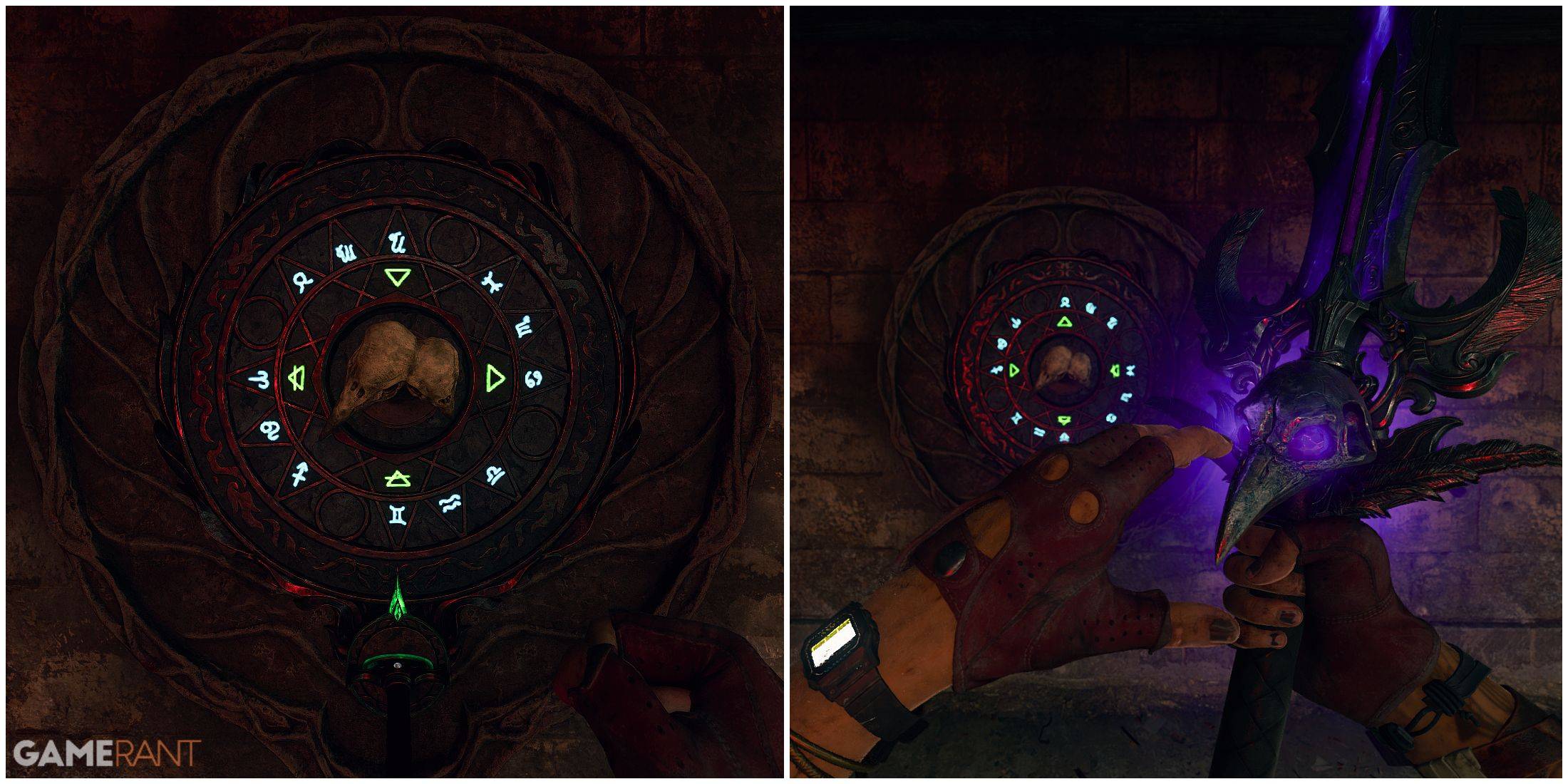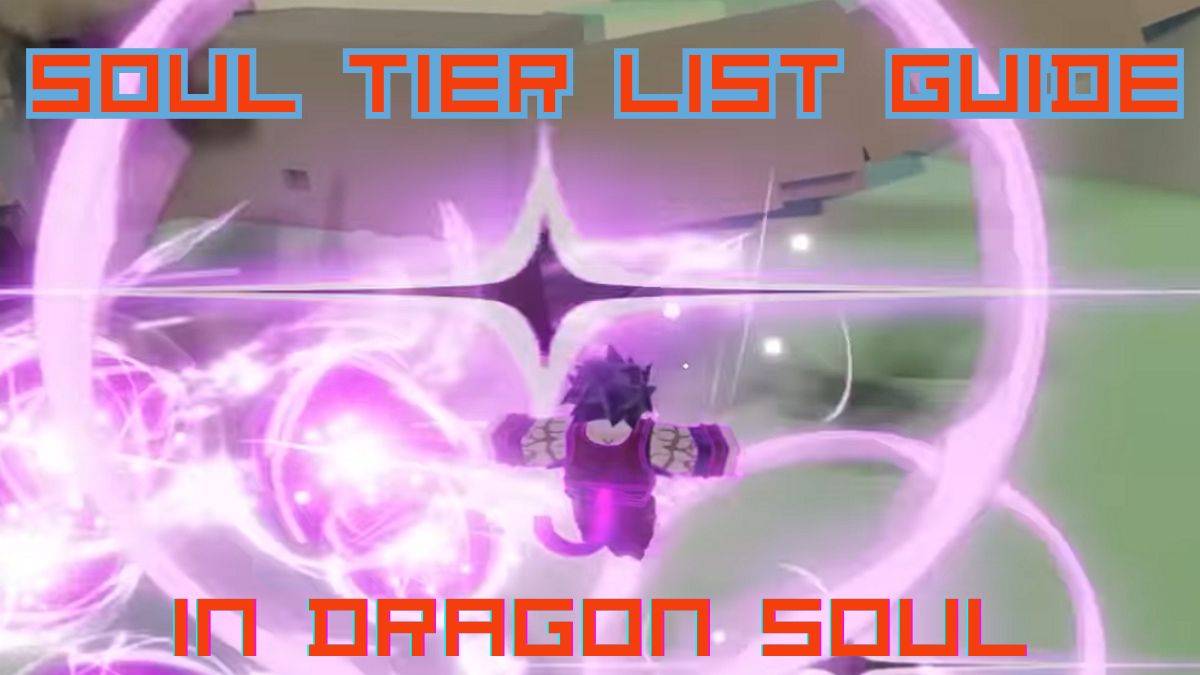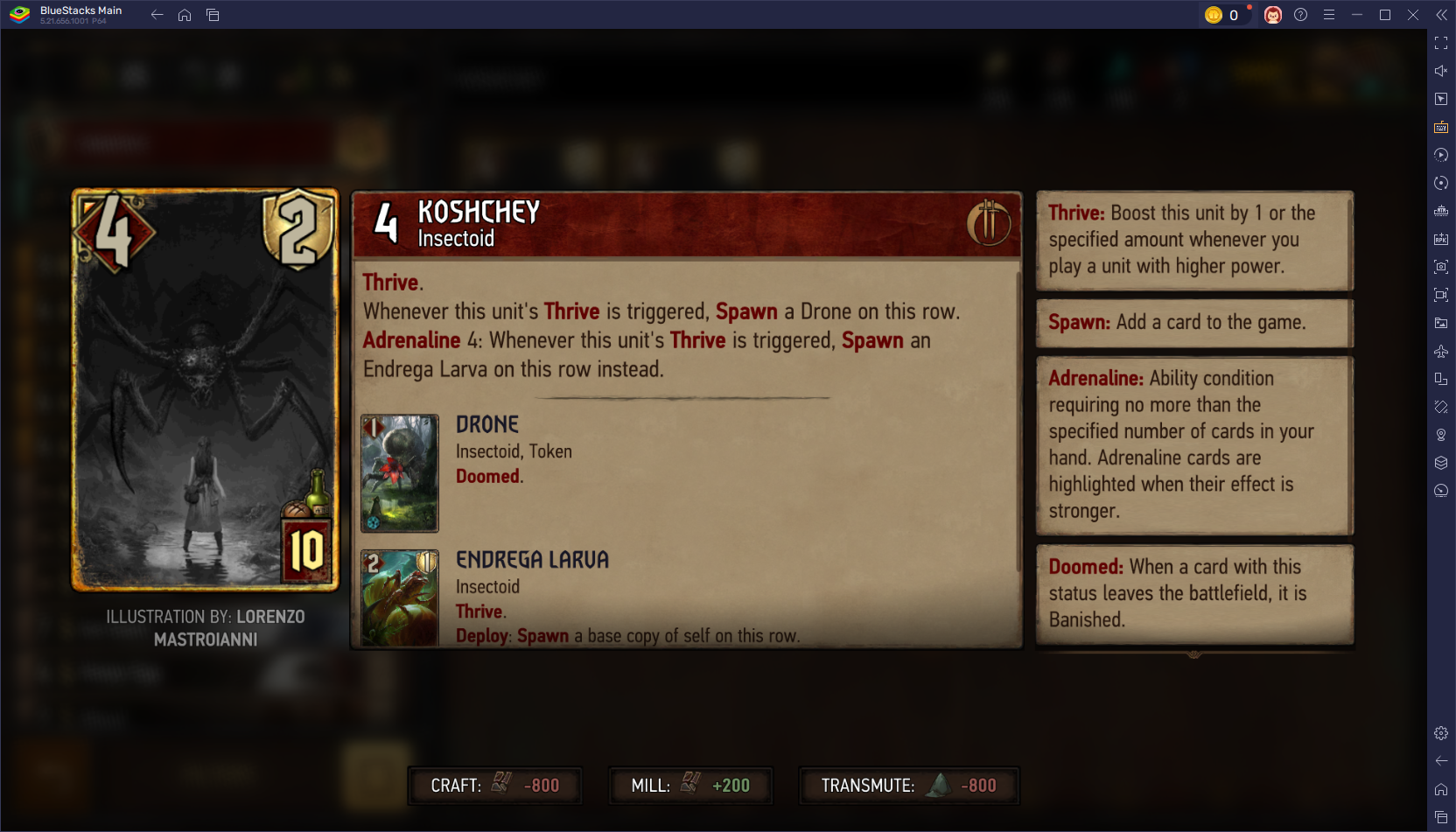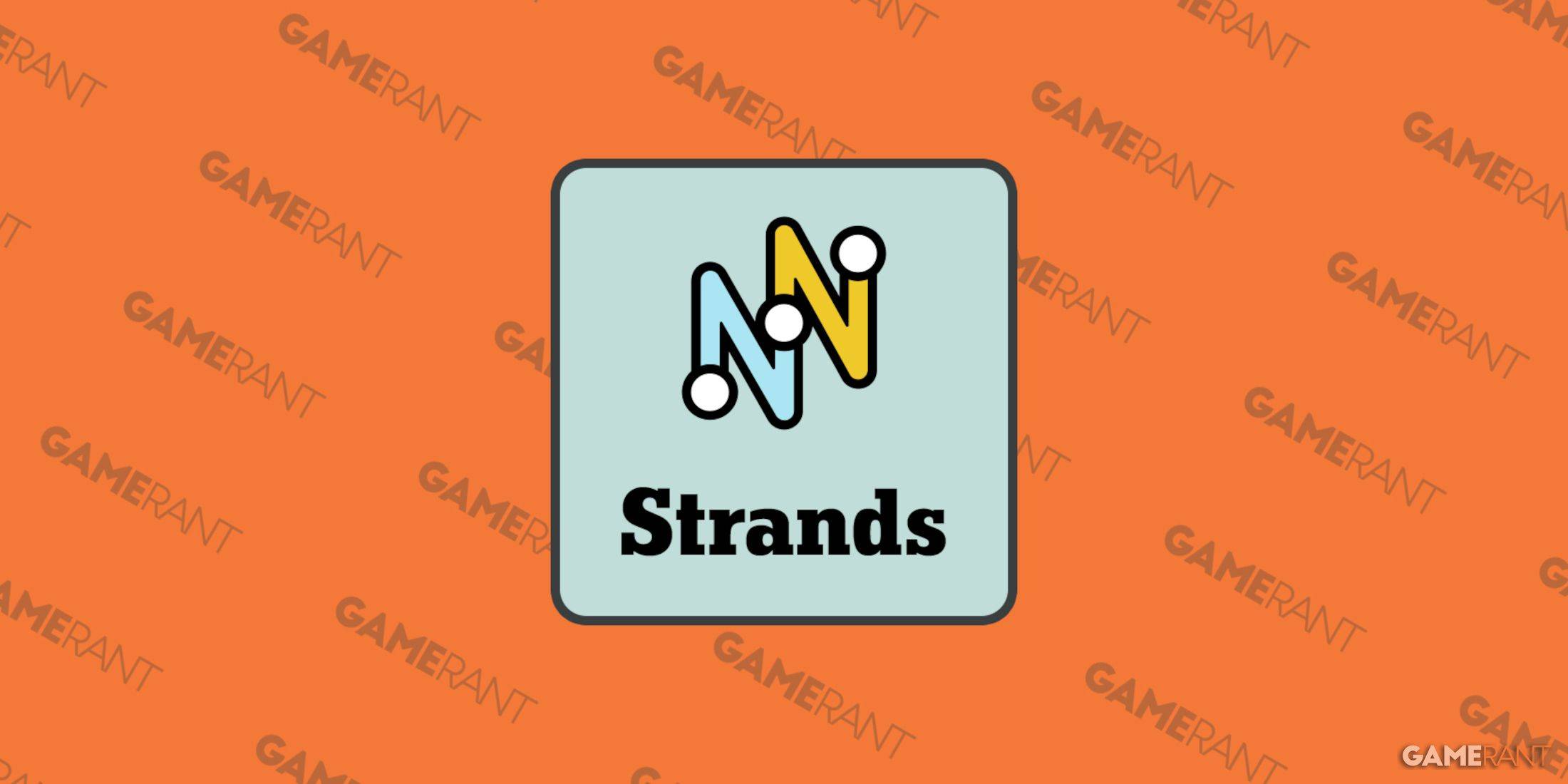Doom: The Dark Ages - First Look Preview
- By Ava
- May 05,2025
Following id Software's remarkable revival of the Doom franchise with the 2016 release and the even more refined 2020 sequel, Doom Eternal, the anticipation for the next installment was palpable. Yet, rather than aiming higher, Doom: The Dark Ages plants both feet firmly on the ground, bringing the high-speed, high-skill-ceiling first-person shooter experience closer to the hordes of Hell's minions with a medieval twist.
The new Doom game shifts away from the platforming elements of Doom Eternal, focusing instead on strafe-heavy, power-centric combat. While the game retains the iconic weaponry that defines the series, including the standout Skull Crusher from the reveal trailer, which uses the skulls of defeated enemies as ammunition and fires them back at foes, it also emphasizes three melee weapons. These include an electrified gauntlet that can be charged up, a flail, and the Shield Saw, highlighted in last summer's trailer, which can be thrown or used to block, parry, or deflect attacks. "You're gonna stand and fight," emphasized game director Hugo Martin after a demo session of Doom: The Dark Ages.
Martin draws inspiration from three seminal works of pop culture for The Dark Ages: the original Doom, Frank Miller's Batman: The Dark Knight Returns, and Zack Snyder's 2006 film 300, which is also based on a graphic novel by Miller. This influence is evident in the game's unsynced Glory Kill system, allowing for dynamic fatalities from any angle on the battlefield, adapting to the surrounding enemy hordes. Much like 300 and the original Doom, players will find themselves surrounded by enemies in widened combat arenas, with the freedom to complete objectives in any order and explore levels that have been shortened to about an hour each, according to Martin.
Addressing a common critique from Doom Eternal, The Dark Ages will unfold its narrative through cutscenes rather than requiring players to delve into the Codex. Id Software promises a sweeping story that will "take you to the far reaches of the Doom universe," described as a "summer blockbuster event with everything on the line" as the Slayer's power becomes a coveted prize.
Martin highlighted the team's efforts to simplify the control scheme, acknowledging that Doom Eternal's complexity may have been overwhelming. In The Dark Ages, melee weapons will be equipped one at a time, akin to equipment. The game will also feature a simplified economy using only gold as currency, and hidden secrets will enhance skill progression, offering gameplay-altering rewards rather than lore expansions.
Players can now tailor the game's difficulty with custom sliders, adjusting elements such as game speed and enemy aggression to suit their preferences, all accessible through the user interface.
The reveal trailer showcased two standout sequences: piloting the giant 30-story demon mech, the Atlan, and riding a cybernetic dragon. These sequences won't be mere one-offs; both have a range of abilities and minibosses to conquer. Notably, there will be no multiplayer mode in The Dark Ages, as id Software focuses entirely on crafting the best single-player campaign possible.
For someone like me, who experienced the transformative impact of the original Doom in 1993, Martin's shift back to the core design principles of the classic game while steering away from the path laid by Doom Eternal is incredibly exciting. "It's just gotta be different [from Eternal]," Martin stated. "Especially if I loved the game. [If] I wanna play a Doom game, I wanna feel strong, but I'm OK with changing what that power fantasy is, especially if that change brings it closer to classic Doom."
This renewed focus on the essence of Doom has me eagerly awaiting the release on May 15.
Latest News
more >-
- Lies of P DLC Director Vows to Adjust Difficulty
- Dec 23,2025
-
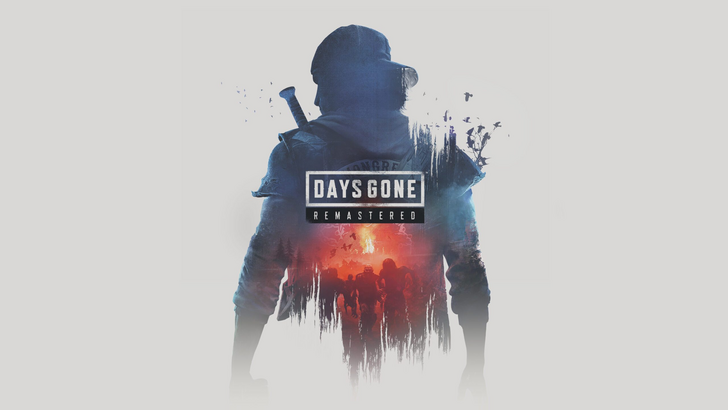
- Days Gone Remastered Launch Date Confirmed
- Dec 23,2025
-
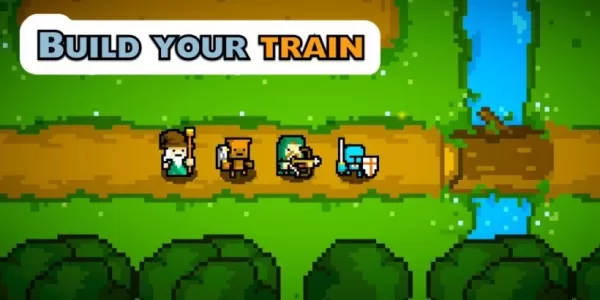
-

-
